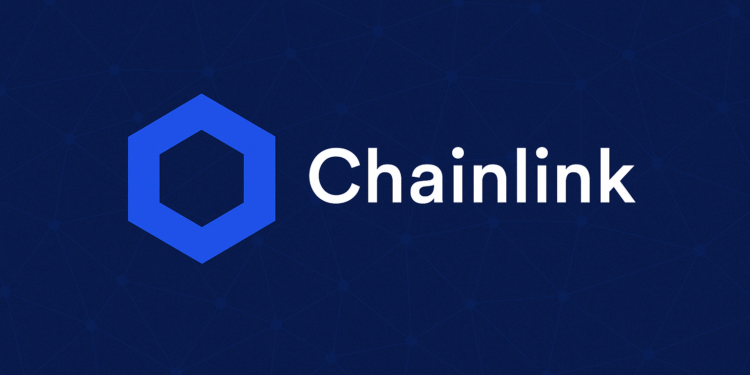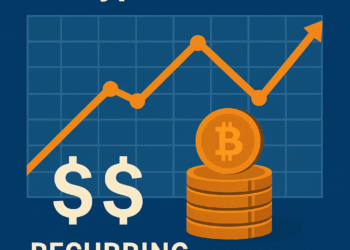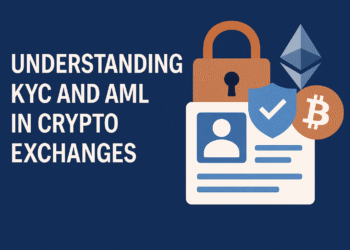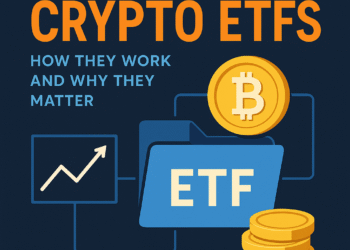Chainlink is a decentralized oracle network designed to bridge the gap between blockchain-based smart contracts and real-world data. For beginners looking to understand how smart contracts operate and why they need external data sources, Chainlink offers a crucial piece of the puzzle.
What Is Chainlink?
Chainlink is an open-source oracle network that provides external, real-world data to blockchains. It enables smart contracts to securely interact with data feeds, events, and payment systems that exist outside of the blockchain environment. The network is powered by Chainlink nodes, which retrieve, verify, and deliver this data.
Chainlink was launched in 2017 by Sergey Nazarov and Steve Ellis to solve a fundamental issue in blockchain development: how to get reliable external data onto a decentralized network.
Why Are Oracles Important in Blockchain?
Smart contracts are self-executing programs that live on blockchains. They operate based on data and conditions coded into them, but they lack the ability to access off-chain information on their own. This is known as the “oracle problem.”
Oracles like Chainlink solve this issue by acting as middleware between smart contracts and external data sources. They feed blockchains with trustworthy data like asset prices, weather reports, sports scores, and more.
Without oracles, smart contracts would be limited to on-chain data, which would significantly restrict their use cases in the real world.
How Chainlink Works
Data Feeds
Chainlink aggregates data from multiple sources to provide high-quality and tamper-proof feeds. For example, it delivers accurate price data for cryptocurrencies, commodities, and fiat currencies to decentralized finance (DeFi) applications.
Node Operators
Independent node operators are responsible for retrieving and validating external data. They stake LINK tokens to help secure the network and are incentivized to provide accurate data through rewards.
Decentralization and Security
Instead of relying on a single source of truth, Chainlink ensures that data is verified by multiple, independent nodes. This decentralization greatly reduces the risk of manipulation or single points of failure.
The Chainlink Token (LINK)
LINK is the native cryptocurrency of the Chainlink network. It is used to:
- Pay node operators for delivering accurate data
- Secure the network through staking
- Align economic incentives
LINK has a fixed supply of 1 billion tokens. It’s available on most major exchanges and can be stored in any ERC-20-compatible wallet.
Chainlink Use Cases and Real-World Applications
Chainlink has a wide range of applications, including:
- DeFi: Price feeds for lending protocols, stablecoins, and decentralized exchanges
- Insurance: Parametric insurance products based on real-time weather data
- Gaming and NFTs: Verifiable randomness for fair in-game mechanics and NFT generation
- Enterprise: Supply chain monitoring and data reporting for traditional businesses
Who Is Behind Chainlink?
Chainlink was developed by SmartContract, a company founded by Sergey Nazarov and Steve Ellis. The project has grown to include a wide global community of developers, researchers, and node operators. It is managed by Chainlink Labs, a for-profit company that coordinates development and partnerships.
Chainlink Integrations and Partnerships
Chainlink has integrated with hundreds of projects across various blockchains including Ethereum, BNB Chain, Polygon, and Avalanche.
Notable partnerships include:
- Google Cloud: Chainlink oracles used in hybrid blockchain/cloud applications
- SWIFT: Proof-of-concept for using Chainlink to trigger bank payments
- Aave & Compound: DeFi platforms relying on Chainlink’s price feeds
Pros and Cons of Chainlink
Pros:
- Trusted by major DeFi platforms
- Strong community and ecosystem
- High-quality data feeds and reliability
Cons:
- Still evolving staking model
- Complexity may deter casual users
- Dependence on Ethereum network fees (though expanding cross-chain)
How to Buy and Store Chainlink (LINK)
You can buy LINK on most major crypto exchanges such as Binance, Coinbase, Kraken, and KuCoin.
To store LINK safely:
- Use a hardware wallet like Ledger or Trezor for long-term storage
- Software wallets like MetaMask and Trust Wallet also support LINK
Always ensure your wallet supports ERC-20 tokens.
The Future of Chainlink
Chainlink continues to evolve with new innovations like:
- Chainlink Staking: A system for securing the network and earning rewards
- CCIP (Cross-Chain Interoperability Protocol): Facilitates seamless communication between different blockchains
- Proof of Reserve: Real-time audits of token reserves
These developments aim to make Chainlink the backbone of Web3’s data infrastructure.
Conclusion
Chainlink plays a pivotal role in connecting blockchain technology with the outside world. For beginners, understanding Chainlink is key to grasping how smart contracts can interact with real-world data. As blockchain adoption grows, Chainlink is set to remain a critical piece of the decentralized ecosystem.


















